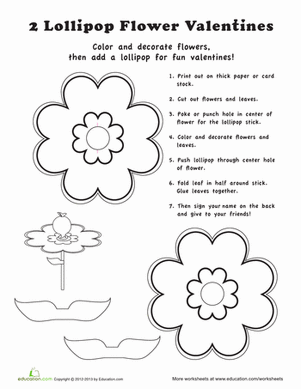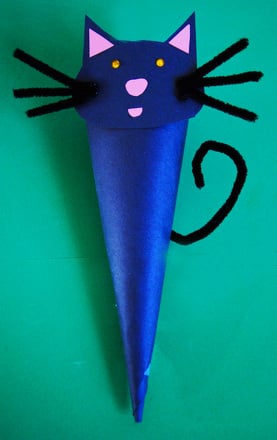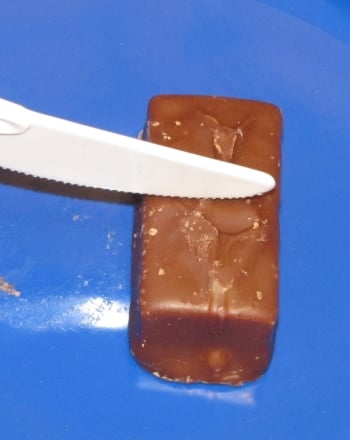Science project
Candy or Medicine?
Uh-oh! Is that a pill sitting on the counter or a piece of candy? In today's world, it can often be hard to tell the difference. Grab some friends and get started on this project -- you can entice potential volunteers with the promise of candy!
Problem:
Can everybody tell the difference between candy and medicine?
Materials:
- 2 different circular tablets of chewable painkiller
- 2 different circular vitamin tablets
- 2 different circular candy tablets
- 3 labels
- Pen
- Stopwatch
- Pencil
- Notepad
- Volunteers
Procedure:
- Candy and medicine can look awfully similar sometimes. In this experiment, you’ll see if your friends can tell the difference.
- Go to the store and find some sweet, scented, and sugary candy tablets.
- If tablets are not available, you can also use round, coated candies and round, coated pills.
- Now, go to your cupboards or visit the medicine section of the store. With the help of an adult, find different medicine and vitamin tablets for your experiment. Choose tablets that are about the same size and shape so that they look as similar as possible.
- Recruit a few friends who think that they’re good at distinguishing between candy and medicine. You’re going to see if they can actually tell the difference between the two.
- Create a hypothesis, your best guess as to what is going to happen. Think about the following questions: Are there any obvious differences between the different tablets? Do they look different? Smell different? Are they different colors?
- Put names on the labels. One should say “Medicine,” one should say “Vitamin,” and one should say, “Candy.”
- Put the tablets out in front of you on a table. Set the timer on the stopwatch for 30 seconds. You want your friends to have to make a quick judgment.
- Sit one friend down in front of the tablets. Tell him that he needs to sort the tablets into candy and medicine. Turn on the stopwatch. Have him sort the tablets into piles in front of the labels.
- After the experiment is done, write down the number of tablets he got right. Which ones did he put into the wrong categories?
- Do the same thing with your other friends, and then review the results.
Results:
If your friends can read the small print on the medicine or if they recognize the vitamins, they might put things in the right places. Otherwise, it’s hard to tell these pills apart. At least one person should have mistaken a pill for candy.
Why?
It can be hard to tell the difference between candy and medicine, especially if they are both scented, flavored, and colorful. Tasty chewable medicine can look a lot like small, round candies. Some medicine is designed to come apart in the middle, so it has a line on it. Medicine generally has a name or other label on the pill as well. Vitamin pills do not always have a label on the pill. Since candy, vitamins, and medicine can look similar, it can be dangerous to have different pills out on the counter at the same time, because it is possible to take the medicine instead of a vitamin or a candy.
A 2011 study discovered that up to ¼ of a group of students and teachers could not tell the difference between candies and medicine. It was especially hard for students who could not read. How would you solve this troubling problem?
Education.com provides the Science Fair Project Ideas for informational purposes only. Education.com does not make any guarantee or representation regarding the Science Fair Project Ideas and is not responsible or liable for any loss or damage, directly or indirectly, caused by your use of such information. By accessing the Science Fair Project Ideas, you waive and renounce any claims against Education.com that arise thereof. In addition, your access to Education.com's website and Science Fair Project Ideas is covered by Education.com's Privacy Policy and site Terms of Use, which include limitations on Education.com's liability.
Warning is hereby given that not all Project Ideas are appropriate for all individuals or in all circumstances. Implementation of any Science Project Idea should be undertaken only in appropriate settings and with appropriate parental or other supervision. Reading and following the safety precautions of all materials used in a project is the sole responsibility of each individual. For further information, consult your state's handbook of Science Safety.













